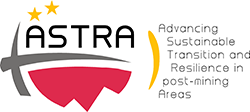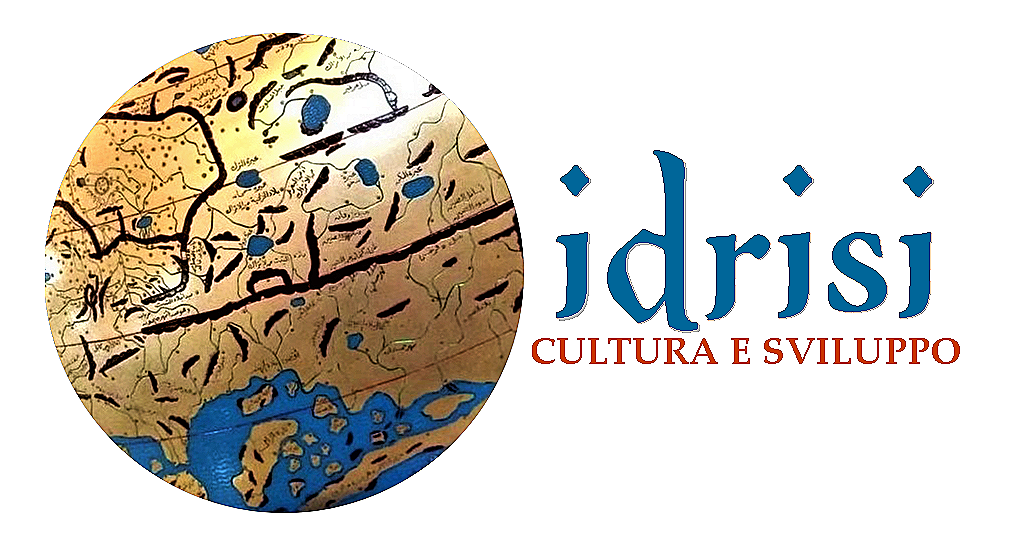Monteponi Mines
39º 18' 15'' N 8º 30' 20'' E
Iglesias, South Sardinia Province, Sardinia
Italy
Description
Monteponi mines are one of the most famous Sardinian mines. Ores like lead, zinc or silver, along with many other valuable crystals were extracted from the mines.
Extracted Materials
Lead
Zinc
Silver
Others:
Anglesite
Aragonite
Aurichalcite
Baryte
Calcite
Cerussite
Cinnabar
Dolomite
Gaspéite
Goethite
Hemimorphite
Hydrozincite
Lanarkite
Leadhillite
Melanterite
Mercury
Minium
Monteponite
Phosgenite
Psilomelane
Pyrite
Pyromorphite
Siderite
Siderotil
Smithsonite
Sphalerite
Sulphur
Zincite
Antropological info
Monteponi mines are one of the most fascinating Sardinia examples of mining history. Its modern buildings and structures made them become one of the main Italian mining plants until crisis hit this village, leading them to its closure.
Nowadays, its historical relevance and its well-preserved infrastructure has made Monteponi one of the most relevant Italy mining villages.
Sociologal info
Monteponi is a mining village born in 1850, when the mining area was given to a private company. However, its origins are probably roman or punic, and go back to the XIV century
The mines and its surroundings were conditioned for the workers to live by creating houses, roads and stores. In 1866 the Bellavista building was built over the valley, in a dominant position, surrounded by the headquarters of the mine. The only church in the village was demolished due to a collapse of the structure. Luckily, it was restored in 2000.
After the First World War, an hospital, a kindergarten and a school were also built. The village could host more than 1000 workers.
In 1997 the Bellavista building became the seat of the University of Sulcis- Iglesiente University with three different courses: Material Science, Computer Science and Environmental Engineering. Nowadays, this building is exclusive to masters and doctorates.
Archaeological info
There are several wells, like the Victorio Emanuele well, used for the descent and ascent of the miners and ore; the Sella well, used for underground water evacuation. In 1871 a 22 km long railway line between the mining site, and the Portovesme harbour was completed too.
Sustainable tourism insights
Monteponi is a touristic attraction due to its tunnels, the Bellavista building and mining infrastructure.
Villamarina tunnel is now accessible for visitors by two different entrances: Asilo and Suore (asylum and sister). These names come from the Sisters of Charity who lived next to the entrance. They took care of the assistance in the nearby mine hospital and the kindergarten.
Environment sustainability
The closure of the mines has made Monteponi a touristic interest. Pollution and ore exploitation has completely stopped: now you can walk around the mining structures to learn about its past, an to take incredible photos. It is almost like time travelling!
Creativity insights/curiosities
Monteponite is an oxide mineral, discovered in 1946 in the Monteponi mine, being named after the village where it was found. It is also known as genaruttita.









